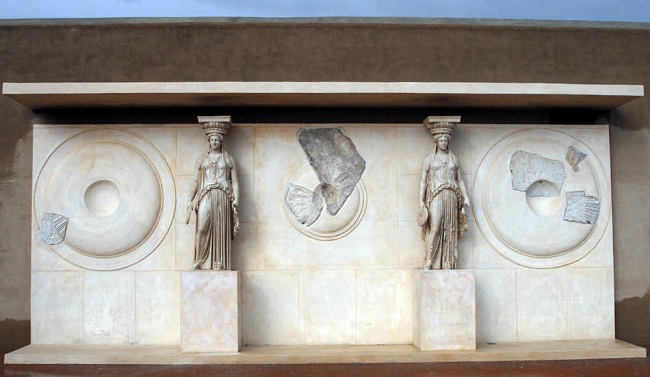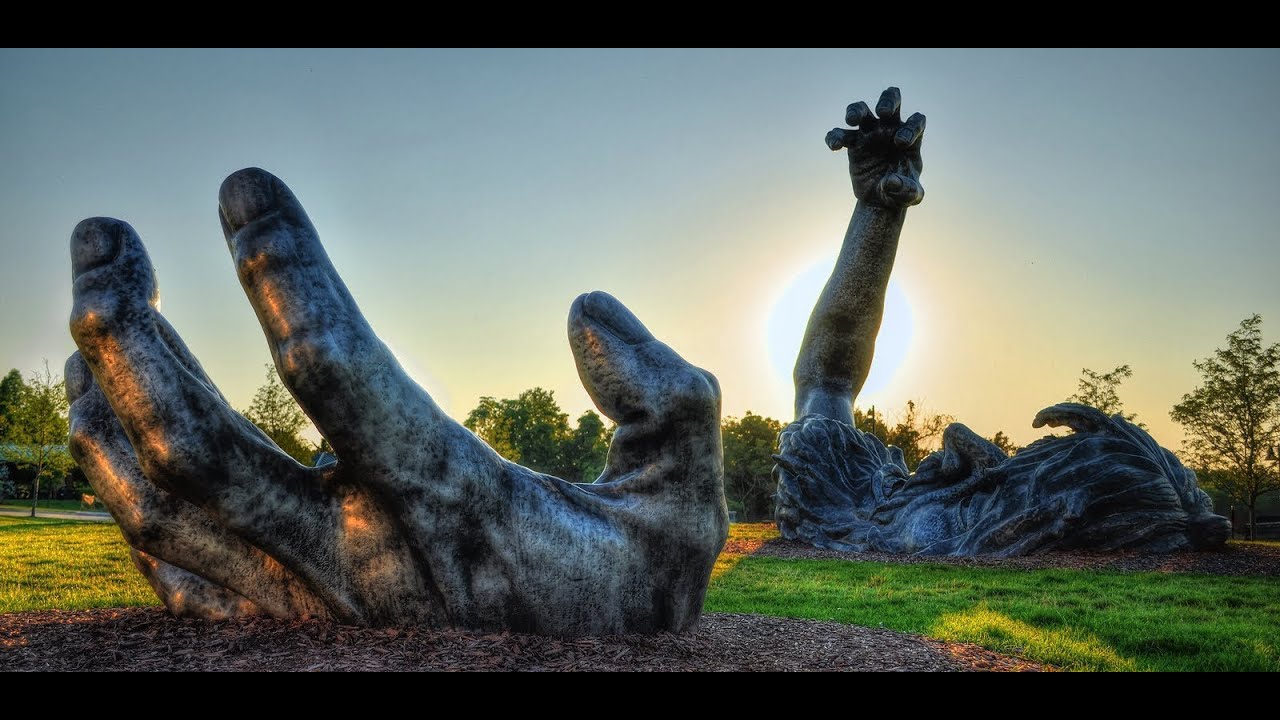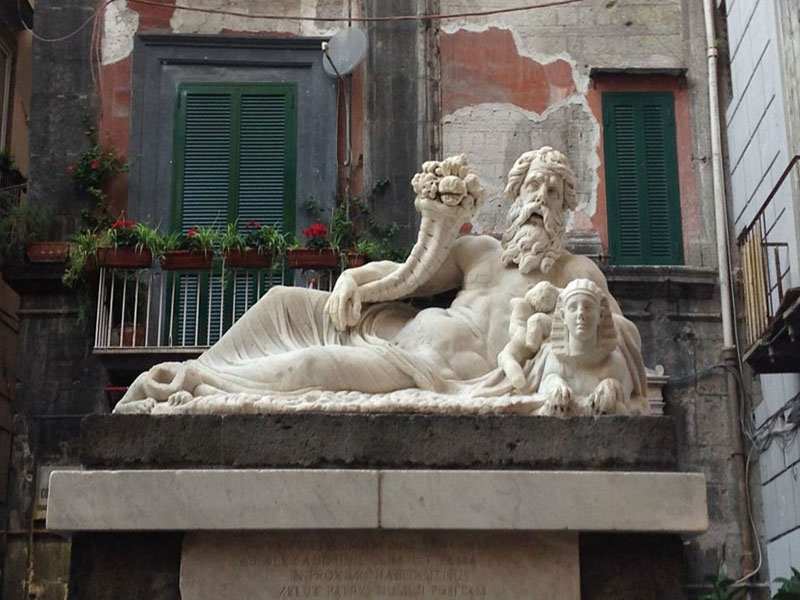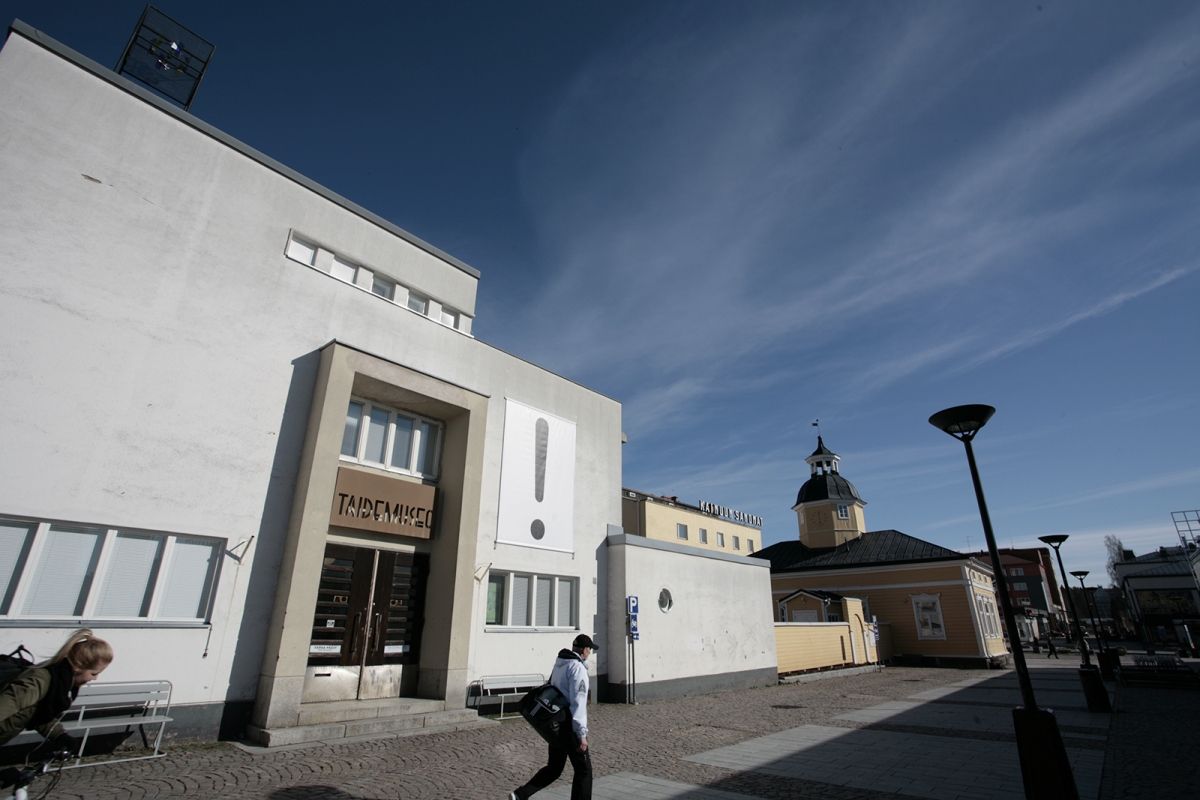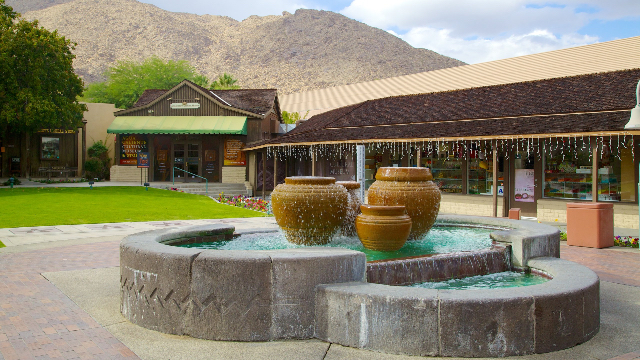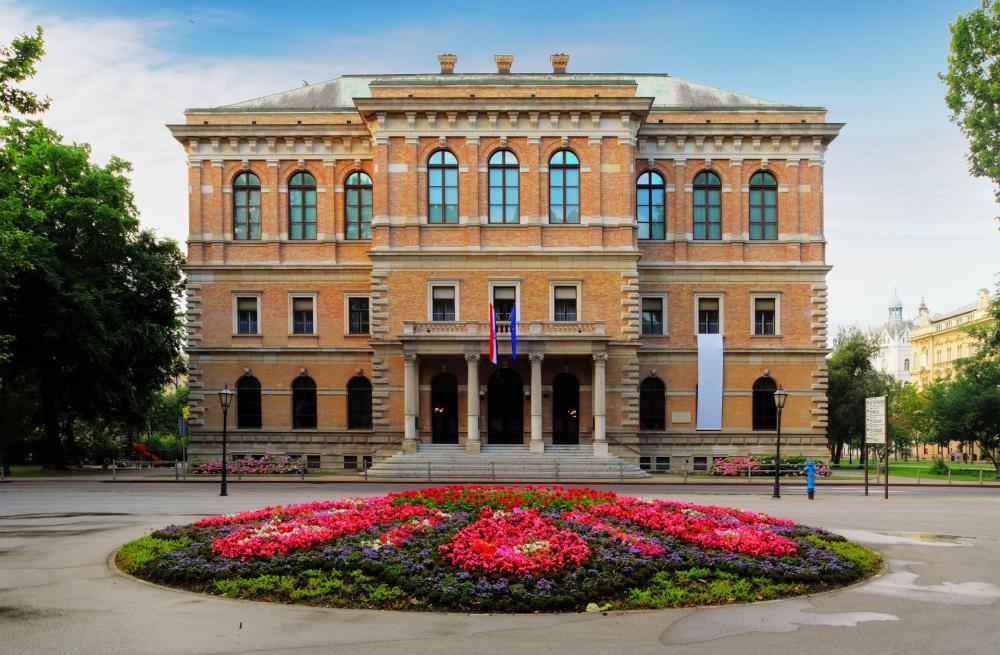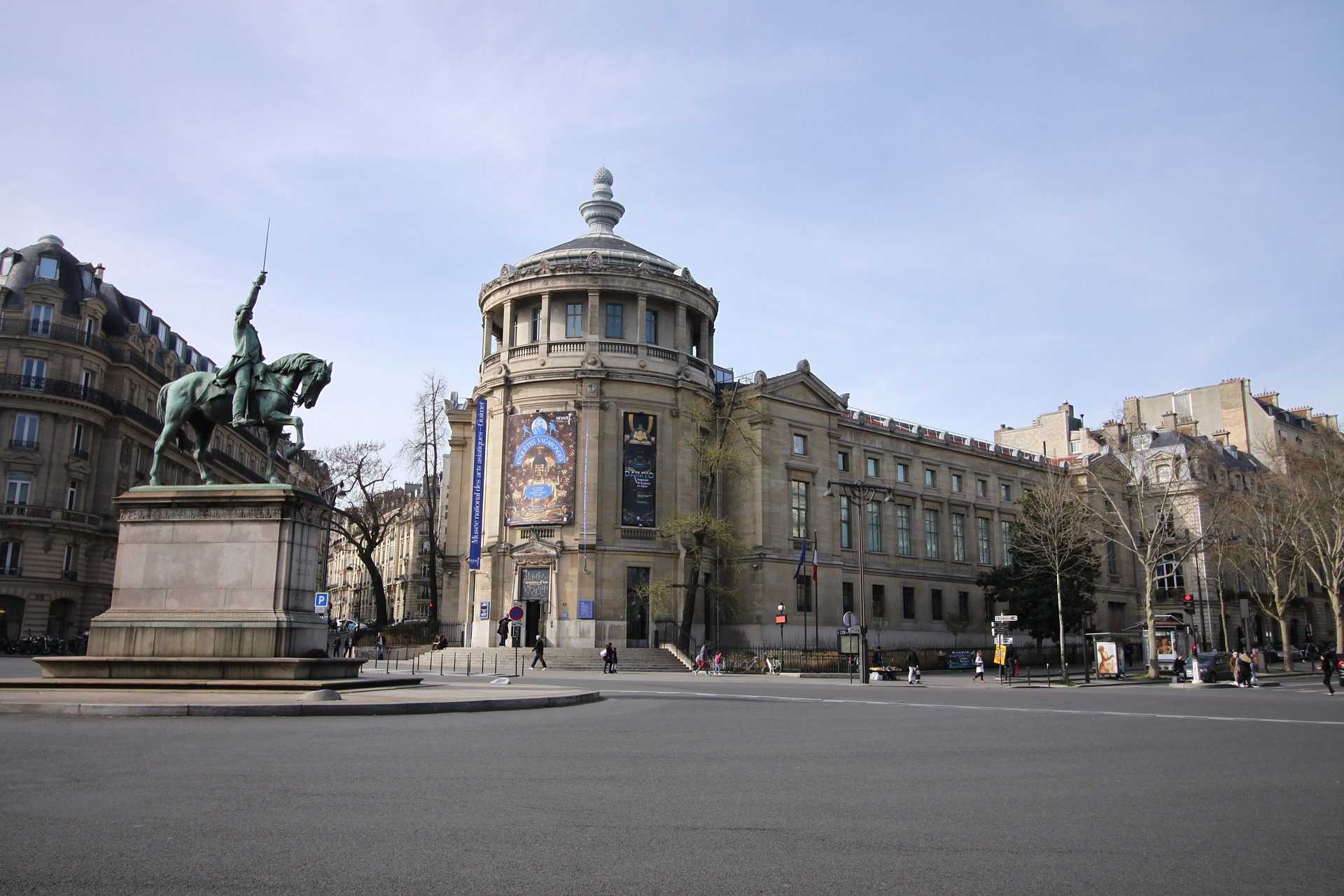In the beautiful landscape that can be admired from the Aragonese fortress, the museum, realized under the scientific direction of Prof. Fausto Zevi, intends to propose in five distinct sections according to an exhibition reasoned by topographical and thematic contexts, the history of the ancient sites in the Phlegraean Fields: Cumae, Puteoli, Baiae, Misenum and Liternum. Nuclei of finds (sculptures, inscriptions, architectural coroplastic, figured terracotta, pottery, metal and glass artifacts, gold and coins) dismembered from old findings of Phlegraean origin, so far kept mainly in the deposits of the National Archaeological Museum of Naples, were for this purpose reunited with the contexts from recent excavations in the Phlegraean territory. In the former dormitories of the soldiers of the fortress, arranged in continuous sequence on two levels, the visit begins with the section dedicated to Cumae, located on the second level and consists of twenty-four rooms in which è illustrated the history of the site, from’opic habitation of the ninth century BC to the city’Greek and then Italic-Roman until’età late antiquity. Through the presentation of the findings, emerged during the excavations carried out by the Superintendence in collaboration with the University “Federico II” and the’Università “L’Orientale” of Naples and with the Centre Jean Bérard, is traced the entire historical development of the Hellenic colony with the reconstruction of urban topography (walls, roads, shrines and necropolis with rich grave goods) from the proper Greek phase, between the eighth and fifth centuries BC.C. (età Orientalizing, archaic and classical), to the cityà sannitica of the IV century a.C. (with the’exposure of a rare frieze of metopes painted and triglyphs of a temple building) and then Hellenistic-Roman (with the presentation of sculptural and architectural finds from public buildings of the Forum) until’last phase of occupation in the Byzantine period.
The section reserved for Puteoli, consisting of twenty rooms on the first level, also illustrates, in its complex future, the history of the site: the first urban expansion of the Augustan colony with the evidence relating to its buildings for shows, all’aqueduct and the findings that document the cosmopolitan character assumed by the cityà (also recalled by the reconstruction of the Cave of Wady Minahy in the Egyptian desert); the Nero colony with the new urban layout wanted by the emperors; the recovery in late antiquity, documented through the findings found in the suburban villas and necropolis. On the Piazza d’Arme è you can visit the section of the Rione Terra, with the’exposition of the objects coming from the recent excavations made in the acropolis of Puteoli. They are related to the architectural decoration of the Capitolium and to the sculptural decoration of other public buildings of the Augustan Forum, consisting of ideal statues, including the splendid head copy of Athena Lemnia by Phidias, a series of portraits of Julio-Claudian age and fragments pertaining to statues of caryatids and clypeus, reminiscent of the attic of the Forum of Augustus in Rome, of which is proposed outside a hypothesis of reconstruction.
The section dedicated to Baiae and Misenum includes, however, in addition to the thematic rooms dating back to previous exhibitions with the reconstruction of the Sacellum of the Augustals from Misenum, the Nymphaeum of Punta Epitaffio and ancient plaster casts made from original Greek età classical and Hellenistic, used by a’sculpture workshop operating in Baia on imperial commissions, presents the findings of the Roman maritime villa of late-republican age, discovered under the Castle and the Knight Pavilion, with beautiful mosaic floors and decorated earthenware, and fragments of frescoes in late II Pompeian style. A separate section is reserved for Liternum, a maritime colony founded in 194 B.C., in which the finds (sculptures, inscriptions, grave goods and various types of artifacts), recovered in old excavations and those coming from the new research carried out by the Superintendence not only in the urban areas, in the Forum area, in the amphitheater and in the necropolis, but also in the territory pertaining to the ancient city, have been aggregated according to contexts.
